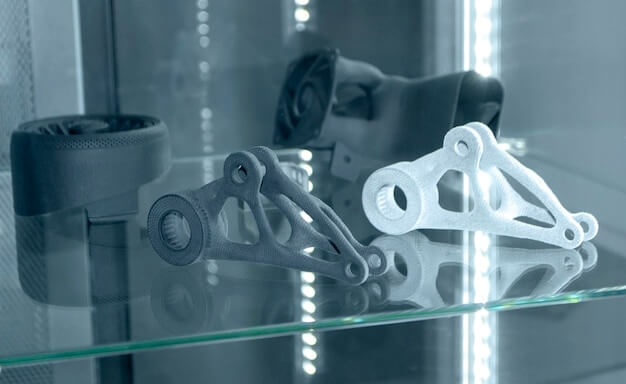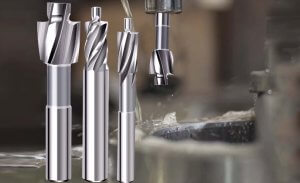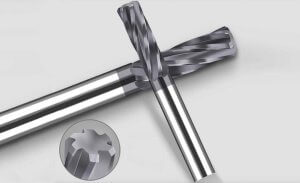CNC (Computer Numerical Control) machining has been a cornerstone of manufacturing processes for decades. It’s an effective method for creating intricate and precise components from various materials – but once these parts are produced, they often necessitate some form of finishing to enhance their appearance or functionality. One such procedure is bead blasting. This powerful technique not only enhances the aesthetic appeal of CNC machined pieces but also improves their mechanical properties.
Bead blasting falls under the group of abrasive blasting procedures that use fine glass beads propelled by high-pressure machinery. The aim is to clean or finish the surface of the component without damaging underlying material features. Here’s how this process plays out within the context of CNC machining.
Let’s begin by understanding what bead blasting entails.
1. What is Bead Blasting?
Within a specially designed cabinet, little round balls of glass- ‘beads,’ hence the name – are fired at high speeds towards the object. As the tiny beads collide with the surface, they gently remove any debris, grime, rust, or stains present on it. Unlike other aggressive cleaning methods that potentially harm the substrate, bead blasting leaves no etching on the surface but instead provides a smooth satin finish.
2. The Role of Bead Blasting in CNC Machining
In CNC machining, objects can sometimes have burrs or rough surfaces after production, which can cause problems when fitting into other components or performing their designated roles. Utilizing bead blasting post-CNC machining provides an excellent solution by removing these issues and enhancing the part’s aesthetics simultaneously.
3. Operating Procedure for Bead Blasting in CNC machining
The first step in bead blasting involves placing the freshly CNC-machined item inside a blast machine. The operator will then commence the blasting process, directing the movement and intensity of the stream of beads. Once the intended level of cleanliness and surface finish is achieved, the part undergoes thorough checking to make sure no areas were missed. It’s then cleaned again using an air gun, ensuring all residual beads are removed before it leaves the blast cabinet.
4. Applications of Bead Blasting
The applications for bead blasting in CNC machining are vast. They range from cleaning automotive parts, producing a desired cosmetic look on objects such as watches or home appliances, up to preparing medical devices requiring perfectly smooth finishes to prevent biological material build-up.
5. Benefits of Using Bead Blasting in CNC Machining
Implementing bead blasting as the finishing process after CNC machining carries several benefits:
Aesthetic Appeal: Bead blasted components exhibit a consistent, satin-like appearance that is visually impressive.
Improved Performance: By reducing surface roughness and removing microscopic burrs, bead blasting can increase the operational efficiency of mechanical parts.
Increased Lifespan: Bead blasting acts as a preventative treatment against corrosion due to its capability to eliminate trapped dirt and grime in which corrosive agents thrive.
In conclusion, while CNC machining plays a pivotal role in creating precise complex components, bead blasting introduces an additional element of finesse. Not only does it enhance functionality, but it also elevates the final product’s visual appeal.This combined power of precision creation and expert finishing, ensures your products stand out not just in looks, but performance too.
Other Articles You Might Enjoy
- CNC Aerospace Machining: Advanced Techniques for Aluminum and Titanium
CNC Aerospace Machining: Introduction and Importance The Computer Numerical Control (CNC) aerospace machining is an essential process in the manufacturing of aircraft components. This advanced manufacturing technique harnesses automated machine…
- Affordable CNC Machining Brass Components with Rapid Quotes
CNC Machining and Its Significance in Manufacturing At the heart of modern manufacturing, Computer Numerical Control (CNC) machining stands as a significant technological advancement. CNC machining revolutionizes production processes by…
- Custom CNC Machining for Precision Laboratory Instruments
Introduction to Custom CNC Machining for Precision Laboratory Instruments The advent of Computer Numerical Control (CNC) technology has drastically revolutionized the manufacturing sector, including the production of precision laboratory instruments.…








